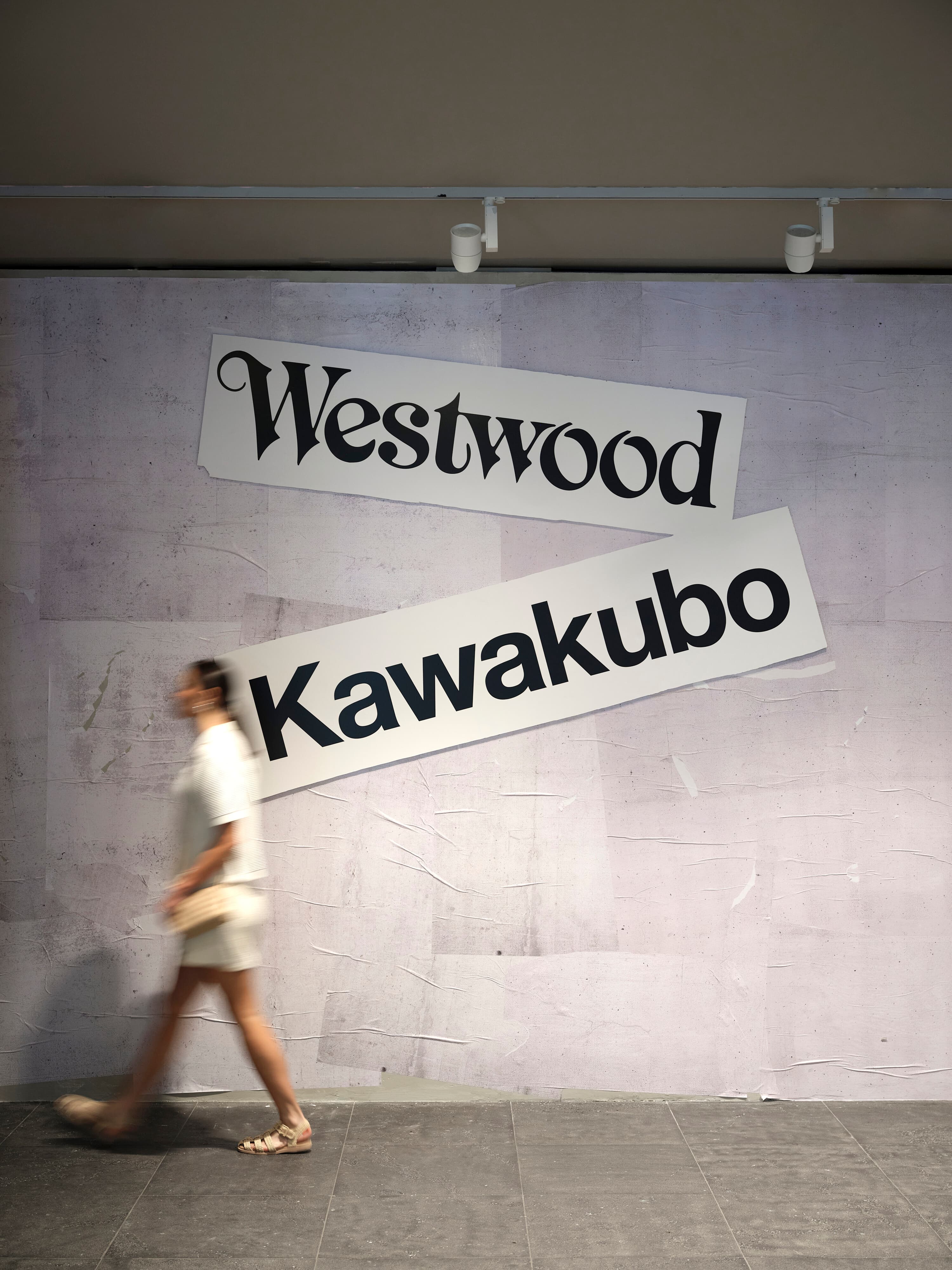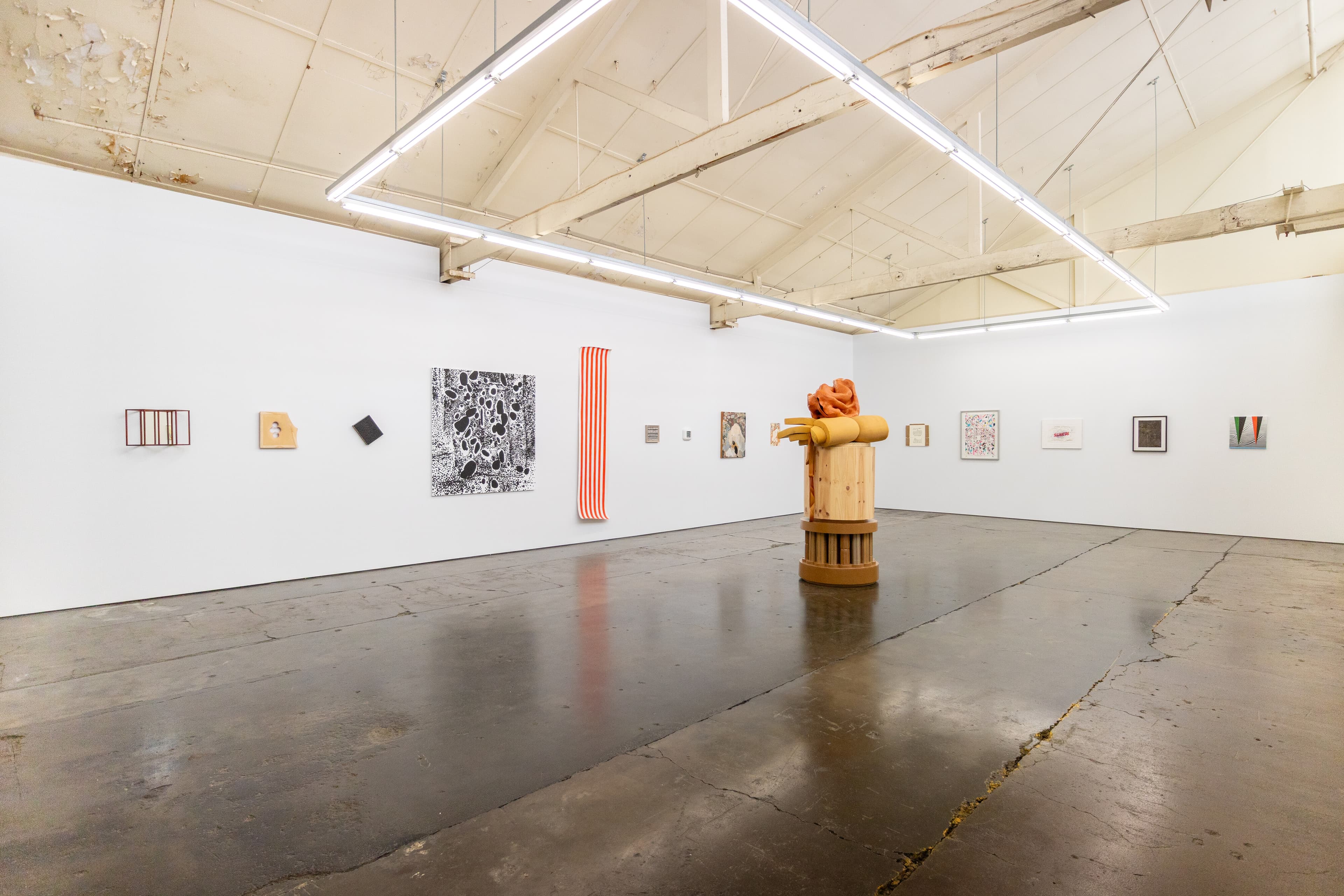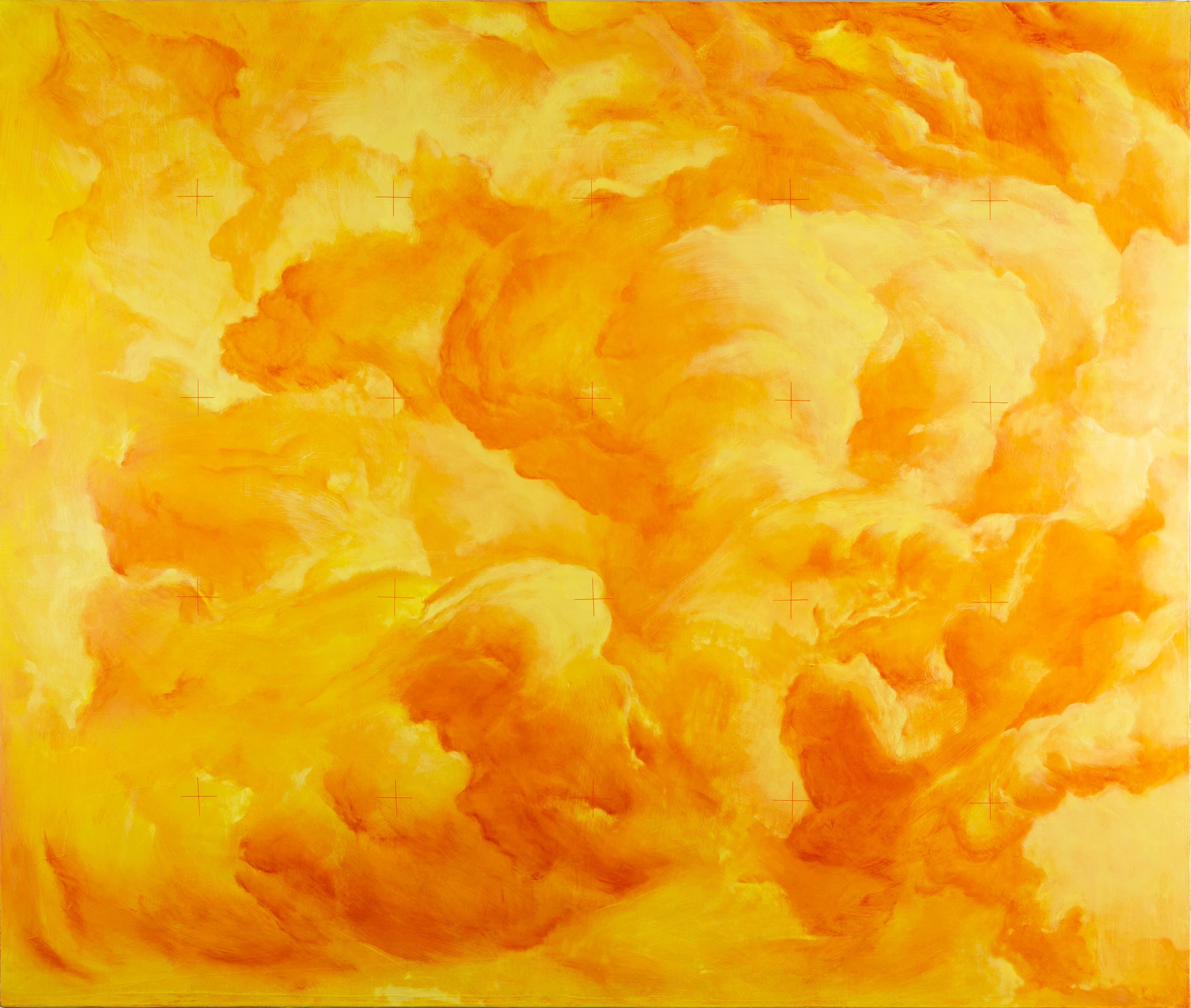Pre-Raphaelites: Drawings & Watercolours; In the Company of Morris
Cameron Hurst
Exhibitions that bring marginalised artists in relation to canonical ones are risky. Just ask Hannah Gadsby. The Australian comedian has recently been the subject of an international critical incineration for It’s Pablo-matic: Picasso According to Hannah Gadsby, a by-all-accounts unfortunate show currently on at the Brooklyn Museum in New York. Gadsby and the curators aimed for the exhibition to examine Picasso’s “complicated legacy through a critical, contemporary, and feminist lens, even as it acknowledges his work’s transformative power and lasting influence.” Minor Picassos are accompanied by Nanette-style wall texts and a selection of unrelated work by women artists who, to speak in the parlance of the show, deserve more attention. Art News called it “disingenuous.” The Manhattan Art Review saw “callow literal-mindedness.” The New York Times agreed, ruminating on whether the non-binary comedian revealed a “deeply desired act of sexual violence against the man from Málaga” when they said they wanted to “stick one up him” in an interview. (Here, one wonders if ironic Thornbury bloke lingo got lost in translation.) The Age piled on gratuitously late. These quasi-allergic responses to the show resonated; the articles were shared widely. It’s not 2017 anymore. The times … they are a’changing.
Putting aside the obvious bad person / good artist conversation (just watch Tár and purge the discourse from your system for the year), the debate made me think about the broader efficacy of writing simple curatorial narratives for contemporaneity. Why is there this urge to construct basic thematic parallels between artists of the past and the present? Do art audiences need to comprehend art in terms of their personal experiences of today’s society? Leaching art history of complexity in favour of misguided gestures towards twenty-first century relevance does a disservice to artists and art audiences. Recently, I ventured to Ballarat to see two interlinked shows: Pre-Raphaelites: Drawings & Watercolours, a travelling exhibition from the Ashmolean Museum in Oxford; and In the Company of Morris, a freshly curated show which brings together Australian artists working with Arts and Crafts themes. Unlike the Gadsby trainwreck, the original and the response exhibitions are separate. This discretion is for the best. There are some fine works in the local addendum, and the parallels drawn between each group of artworks are less vexing and arbitrary than Pablo-matic. But, ultimately, the canon is more compelling than the contemporary.
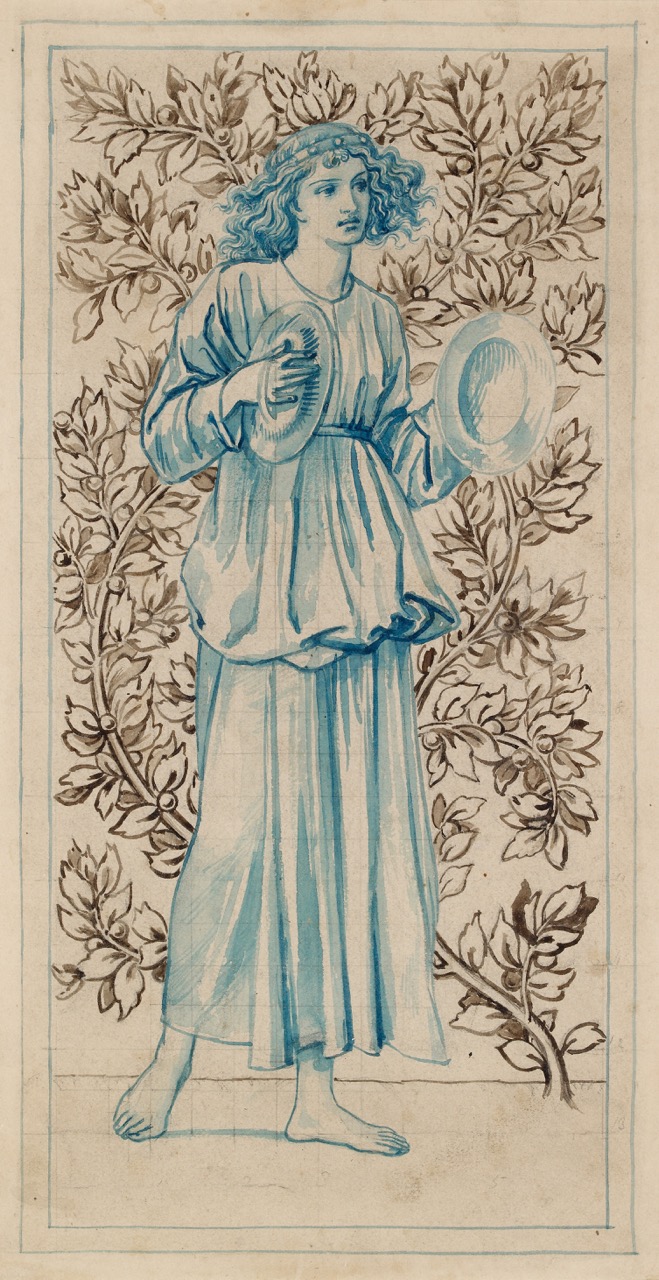
Ballarat’s name comes from the Wadawurrung words “balla” and “arat,” which mean “resting place.” I knew the basic city history plot points—early nineteenth-century colonial settlement, Eureka Stockade, gold rush, population boom, building frenzy, long, slow bust—but, before the call of The Pre-Raphaelites, I’d never actually been. You can see the history of the place in the wide, regal streets and gold money buildings, and it’s kind of eerie. The Art Gallery of Ballarat was founded in 1884. It’s in a proud Classical building with the words “Fine Art Gallery” emblazoned in gold beneath a central pediment. Inside, visitors are greeted by an expansive staircase, which leads up to second-floor gallery spaces. Pre-Raphaelites and In the Company of Morris are to the left, on the ground-floor.
I head upstairs first. Ballarat is Norman Lindsay–land—the Lindsay family grew up in the area, and their living room is reconstructed in the gallery. Norman was apparently particularly transfixed by one work in the permanent collection: the British Royal Academy of Arts-educated Solomon J. Solomon’s Ajax and Cassandra (1886). As the poet П. O. tells it (with irony), the painting “depicted a ‘rape’ / it blew his mind!” It’s huge—304.5 by 152.5 cm—and shows Ajax, an Ancient Greek warrior, gripping Cassandra, a would-be prophetess, as she tries to escape his clutches and return to the safety of Athena’s temple. Burgundy fabric billows past Ajax’s muscular body. Cassandra is a mass of pale flesh. Her head is twisted back such that we see her heaving, upturned breasts in the place of her face. The work is a fascinating record of the time: on the one hand, Classical subject matter was mostly disavowed by the Pre-Raphaelite Brotherhood; on the other, the painting shows a softening or loosening of the rigid Academic style, brought on by the group’s influence being subsumed by the art schools. There are unlikely connections to be made here. I head downstairs.
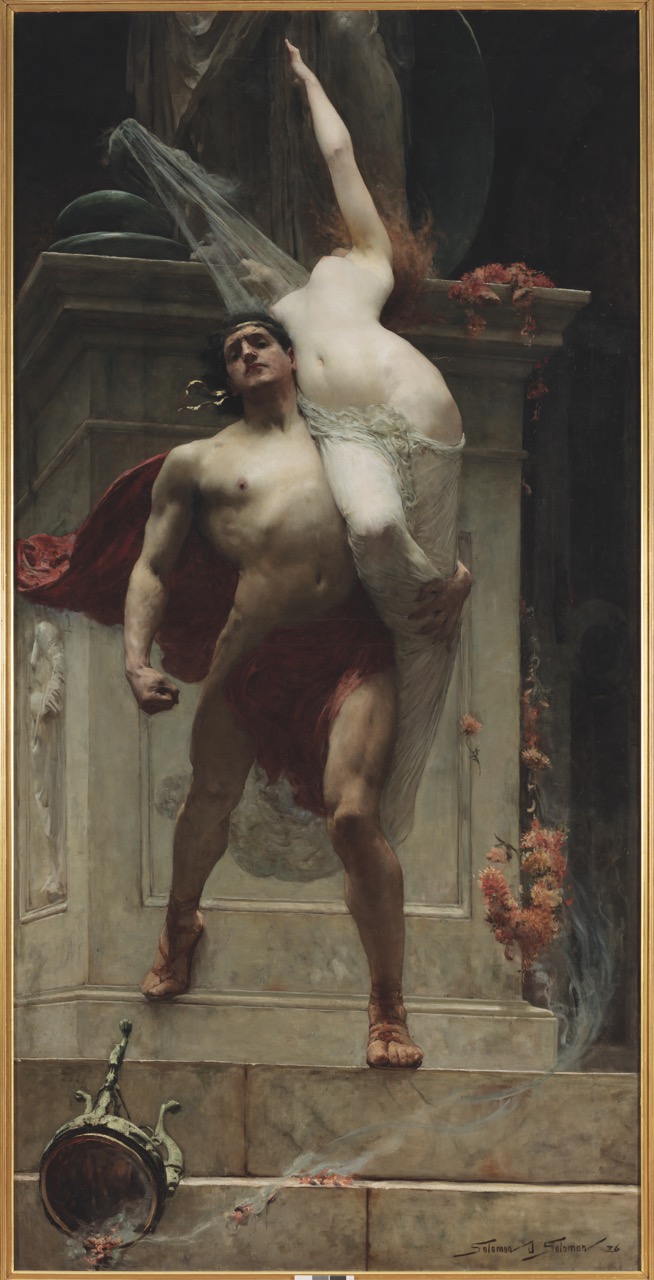
If you’re interested in the Pre-Raphaelites, you probably already know their story. If you’re unfamiliar, here’s the abridged summary: in London in 1848, disturbed by fraught political movements such as Chartism (a labour movement) and the social changes wrought by the industrial revolution, seven Young British Artists formed a secret society called the “Pre-Raphaelite Brotherhood” (PRB). They despised the style of art sanctioned by the Royal Academy, even going so far as to call the founding president, Sir Joshua Reynolds, “Sir Sloshua.” Rude! Instead of stultifying Classicism, the PRB wanted to create new, true, pure, and moral art that returned to the imagery and traditions of mediaeval Christianity and the early Renaissance—pre-Raphael’s death in 1520.
The initial PRB artists, including William Holman Hunt, John Everett Millais, and Dante Gabriel Rossetti, were supported by the immensely influential Gothic Revivalist critic John Ruskin. This group dissolved in the 1850s. In 1854, Ruskin and his wife Effie scandalously divorced—their marriage had never been consummated and she had fallen in love with Millais, whom she subsequently married. The bizarre love triangle still confounds and titillates. From 1856 onwards, under the tutelage of Rosetti, a second generation of PRB artists rose up. This generation’s star was William Morris, a wallpaper mogul who became the figurehead of the Arts and Crafts movement. Increasingly, women in the group’s orbit—figures such as Elizabeth Siddal, Jane Morris, and Marie Spartali Stillman—are recognised as Pre-Raphaelite artists in their own right, as well as models and/or romantic partners.
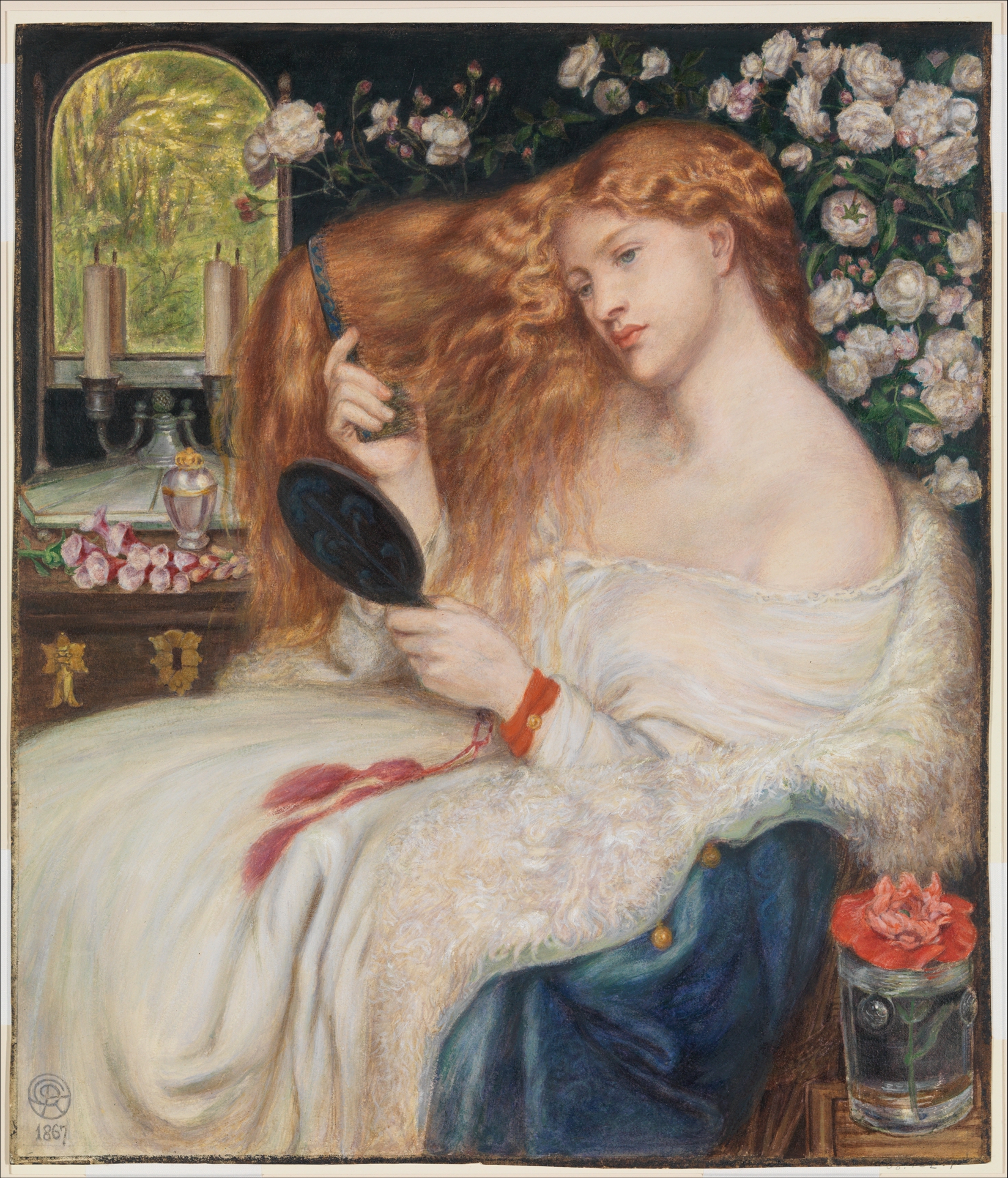
In practice, the group’s high-minded, anti-industrialist ideals produced a loosely distinctive body of work: lush paintings of indolent, bushy-haired women surrounded by nature, elaborately illustrated manuscripts, a plethora of mixed media drawings and watercolours, floral wallpapers, and simple, carved wooden furniture. Think dusty British Shrek aesthetics. At the time, the movement must have felt vital and fresh. Now, critics argue the PRB is noxiously saccharine. Here’s Roberta Smith, on the occasion of a 2013 blockbuster at the National Gallery of Art, Washington:
At once hysterical and inert, these paintings are fascinating as artifacts, period pieces reflective of their time. If you want a clear idea about what was rotten as opposed to enlightened about Victorian England, look no further.
For Smith, the over-saturated colours and moral plenitude prompt an alienating, rather than edifying, experience. My repulsion isn’t quite so visceral. However, I was more interested in visiting the Ballarat show from a position of historical distance and intrigue, rather than uncritical appreciation. I wanted to learn more about the group and see their handiwork up close, not be swept away by an overwhelming wave of wifely Christian feeling.
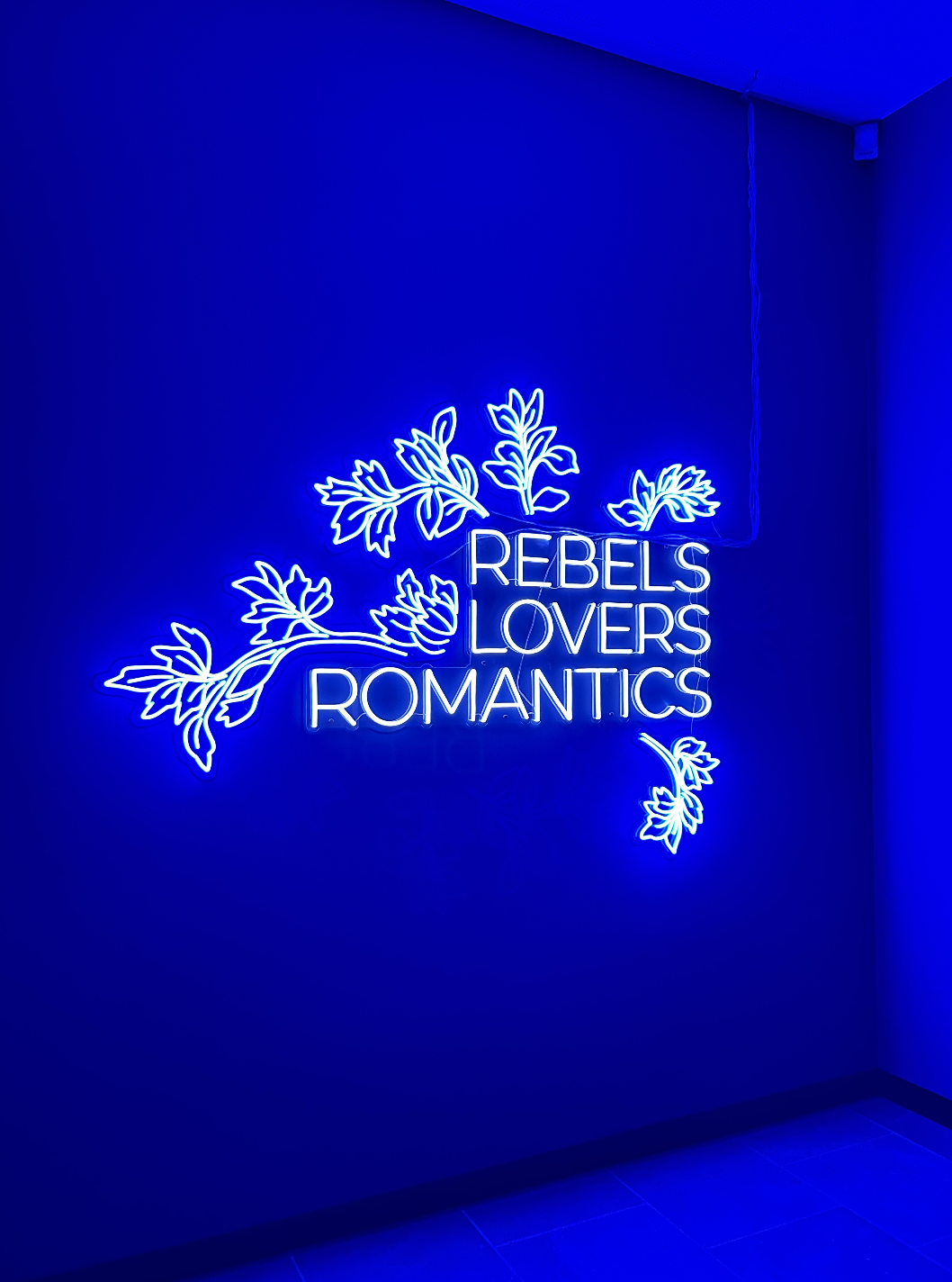
None of the most iconic Pre-Raphaelite paintings—Millais’s Ophelia (1851–52) or Rosetti’s Proserpine (1874)—made it to Ballarat. Rather, as the subtitle suggests, this exhibition is an intimate collection of the milieu’s works on paper. The curators briefly attempt to excite feelings of aspirational relatability at the entry to the exhibition via an electric blue neon sign reading “Rebels, Lovers, Romantics.” This twee framework positions the artists as proto-avant-garde, experimental bohemians testing the bounds of art and a conservative society. Really, they were fairly docile and insular—a “dreamy, incestuous, awkward group,” as one critic wrote. “Rebel” implies destructive radicalism, but their most strident political allegiances (especially Morris’s) were with socialist organisers. This position was arrived at with not-inconsiderable anguish—the PRBs were guilty members of the bourgeoisie. Why not a “Moralists, Non-Monogamists, Socialists” entry sign? It might put off the Liberal-voting day trippers.
Once you’re in the exhibition proper, there’s thankfully no neon in sight. Pre-Raphaelites is a demurely tasteful immersion in the Ashmolean collection. Lights are dimmed to protect the fragile work. An invigilator told me I would “meet” the figures of the exhibition as I moved through it; I was charmed by this. Some walls are painted periwinkle blue. Others feature a washy William Morris wallpaper design with entwined blossoms, leaves, and birds. The artworks are mostly small and invite close looking. They range in medium (graphite, watercolour, pen, chalk). Sections are thematically divided; there are “Informal Portraits,” “Sketches and Studies,” and “Rosetti called them ‘Stunners’” (the Pre-Raphaelite hot girl section). None of the work feels funny or light-hearted—it’s all intensely focussed, observational, serious, and precise, with a luminous, clarifying sense of spirituality.
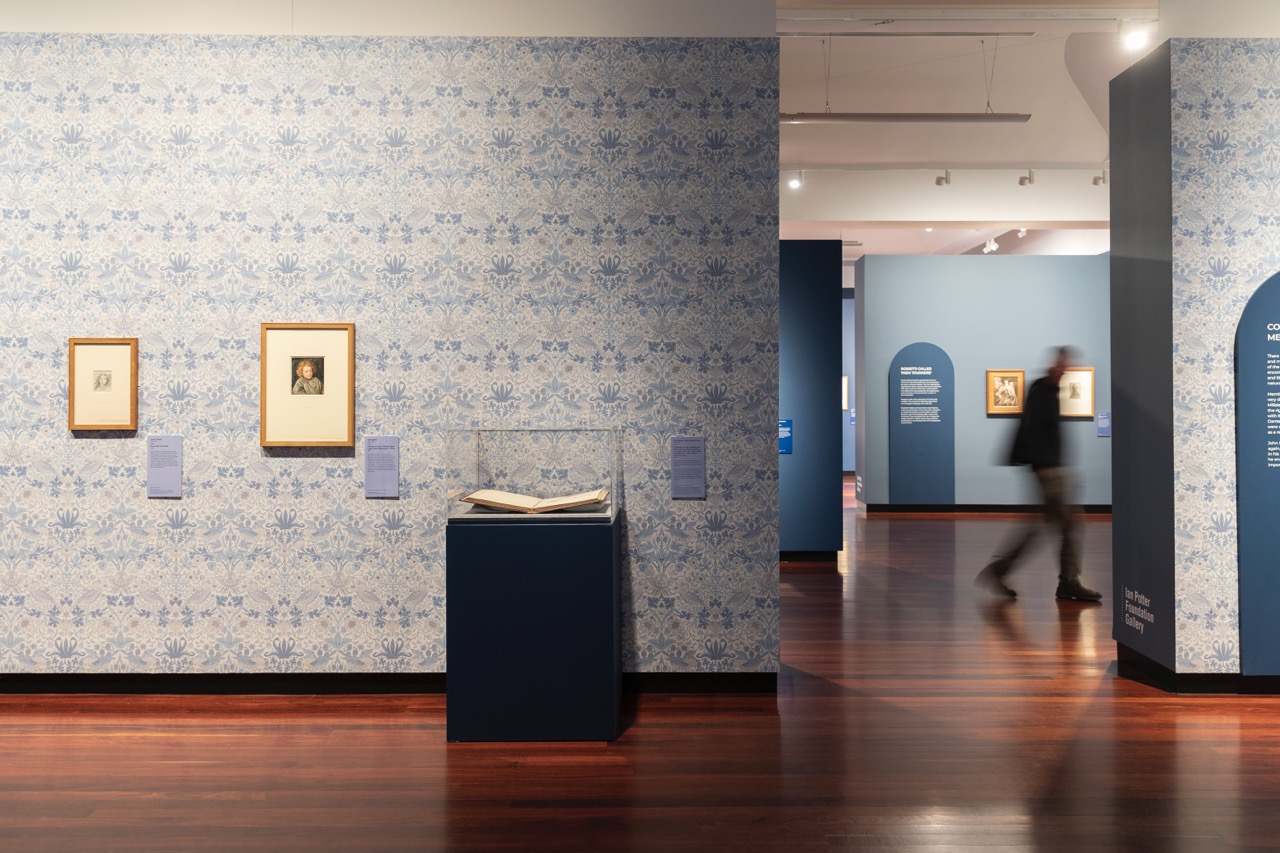
One of Morris’s designs for a stained-glass window stands out for its draughtsmanship, as do a reciprocal pair of pencil portraits by Millais and Collins. In Elizabeth Siddal (1855), Rosetti sketches his future wife in black and brown pen. Negative spaces in the crosshatching emphasise glimmers of light on her iconic heavy eyelids. She looks like a troubled saint. There is a sense of destabilising intimacy in this sepia-toned representation of Siddal, a fascinating woman whose likeness is most familiar when rendered in consumptive colour. She died of a laudanum overdose in 1862.
Cloister Lilies (1891), by Stillman (a lesser-known female Pre-Raphaelite), is an example of when the group’s sweetness turns cloying. The watercolour painting depicts a devout, auburn-haired young woman in a Florentine setting. She holds lilies, rosary beads, and a prayer book. The Ashmolean catalogue suggests the flowers are a sign of the Virgin Mary at the time of the Annunciation, and thus the subject of the painting may be contemplating entering a convent. This explains her sugary, thousand-yard Virgin stare. It’s all a bit much for me. Still, this negative reaction is satisfying—it reaffirms the immense gulf in sensibility that exists between the Pre-Raphaelites and us.
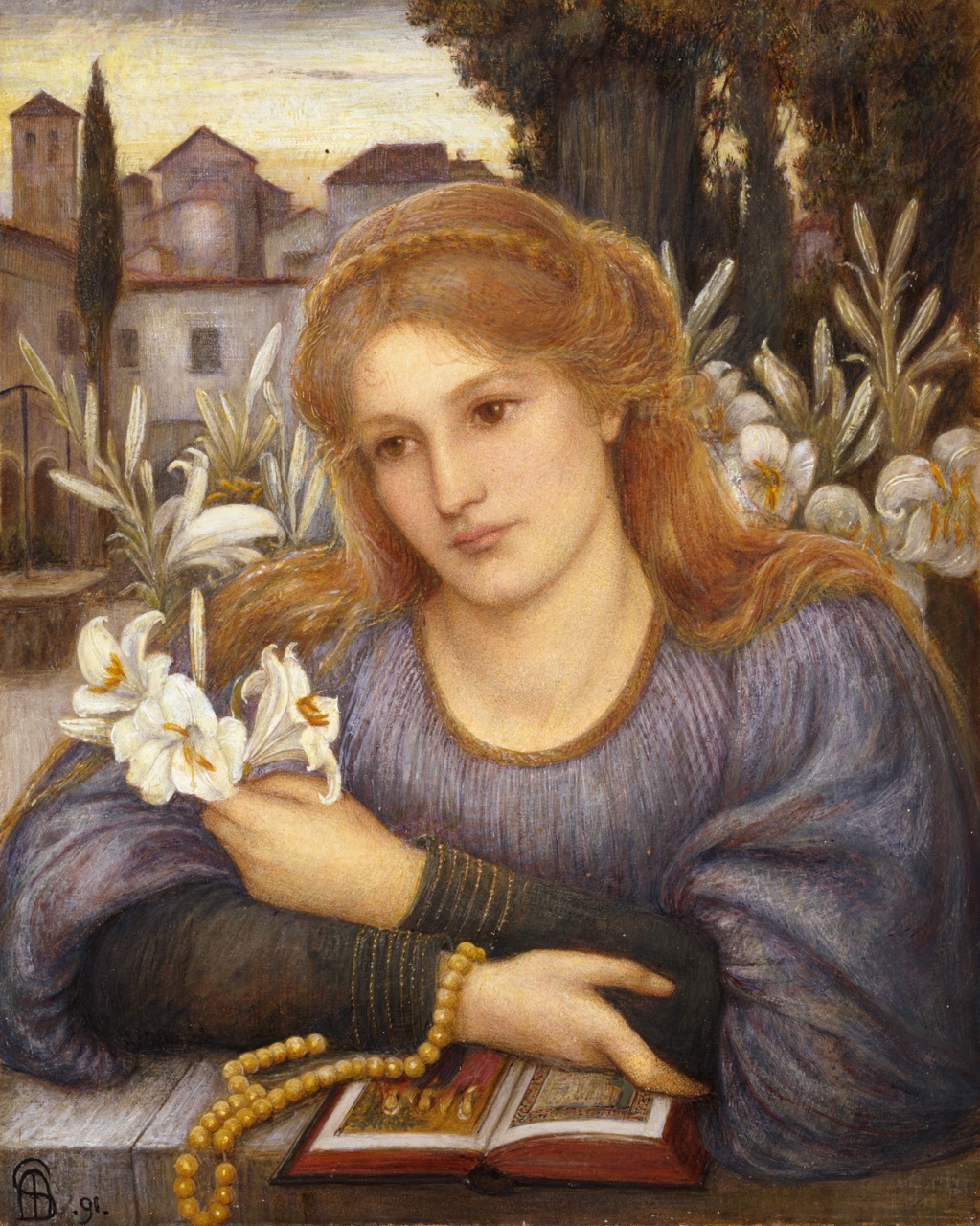
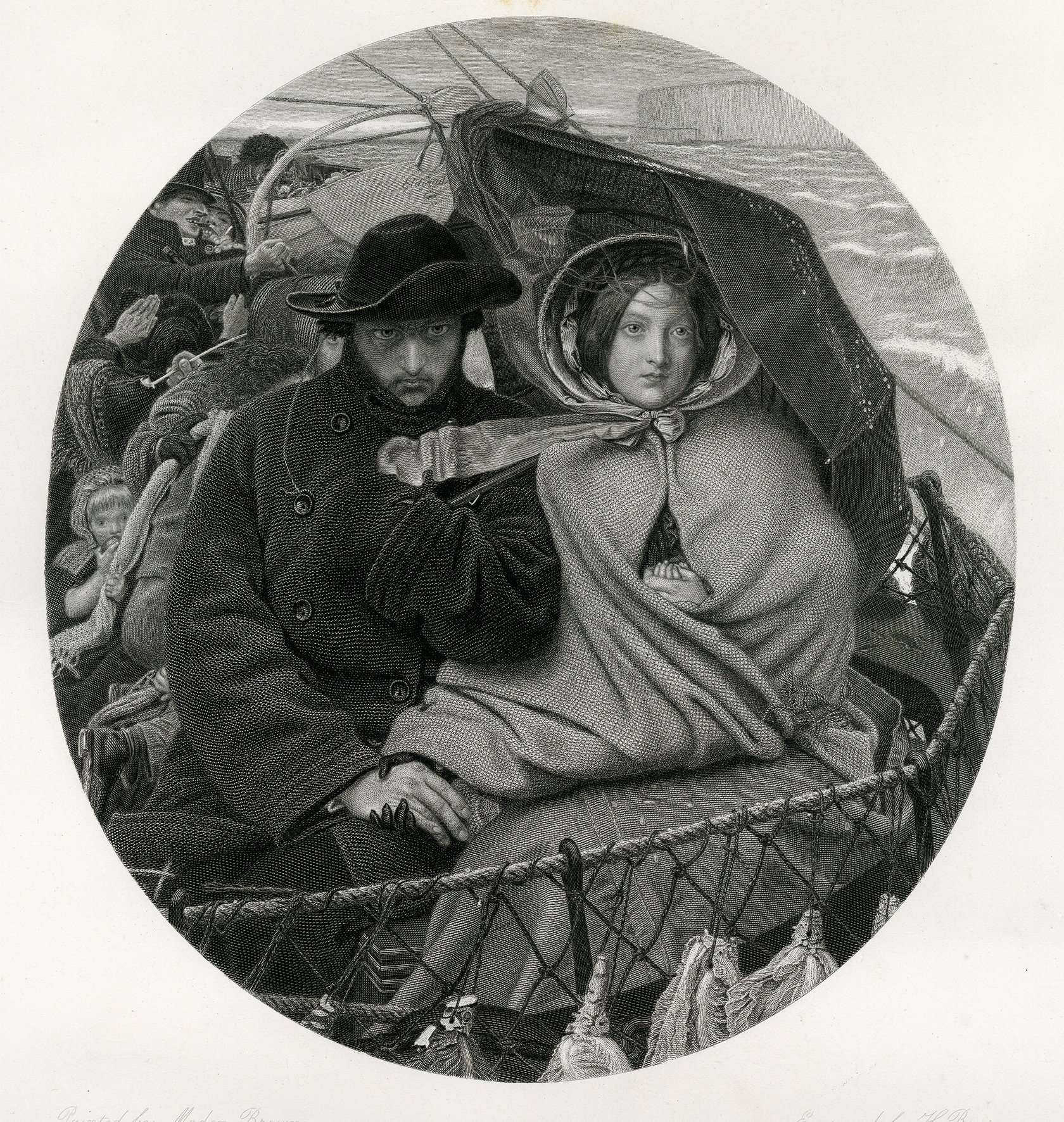
In the Company of Morris, the Australian artist exhibition, occupies two adjacent rooms. The artists selected suggest transhistorical interest in ornament, ecology, and portraiture. There are some interesting works, but it was overall a distraction from the cohesion of the PRB show. The most successful inclusions are by Antipodean figures working in relatively the same timeframe and social context as the PRB—these localise the concerns of the travelling show. For an example, see a gorgeous Herbert Bourne engraving of the Ford Madox Brown painting The Last of England (1855). Inspired by the Pre-Raphaelite member Thomas Woolner’s move to Australia, the image shows a young couple and their child travelling via boat to the colony. Their faces are set resolutely towards the unknown. The woman clasps her tiny baby’s hand, which peeks out from inside her cloak. It’s a moving depiction of the hope and uncertainty of migration. Connections between the Pre-Raphaelites and Australian artists grow ever more tenuous as the exhibition progresses. A good Elizabeth Pulie painting riffs on Italianate motifs. There are some admirably gonzo ceramics by Janet Beckhouse. Two blocky Emily Floyd prints about communal life are also on show. Floyd seems a logical inheritor to the utopian aims and technical prowess of the PRB, but her modernist vernacular is ill-at-ease here. And the resonances of relevant contemporary works are lessened by poor choices, such as a bafflingly naff and offensive eX De Medici drawing of a skull-studded swastika inside a Star of David. Last time I checked, the Pre-Raphaelites weren’t that aligned with memento mori neo-Nazism.
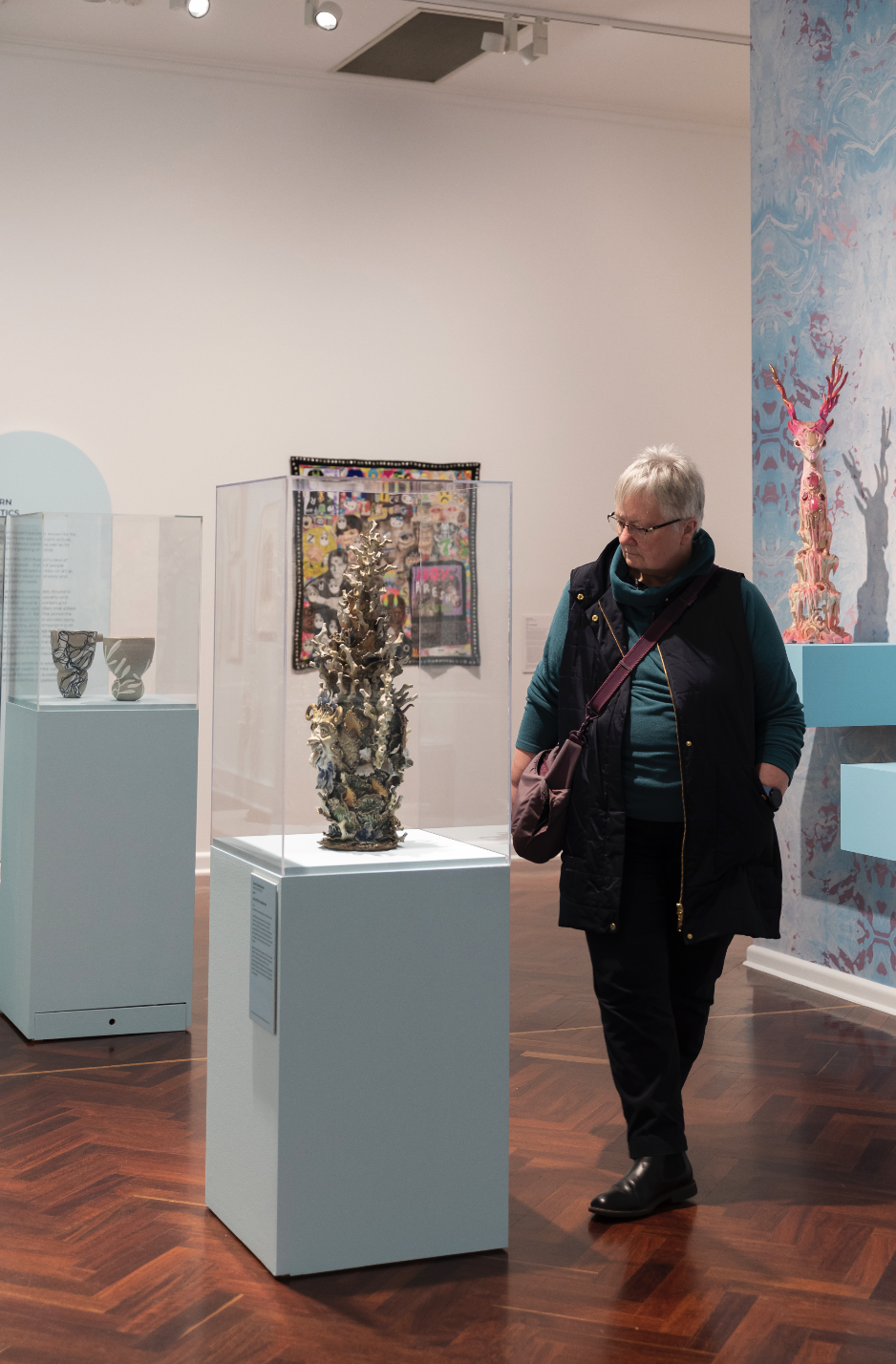
To briefly return to Gadsby, a curatorial narrative has to be more complex than “bad man makes bad art. By the way, here are some chicks.” Connections staged throughout In the Company of Morris are more advanced than this, but still … the show suffers from an aesthetic oversimplification and political desaturation of the Pre-Raphaelite movement’s nuances. There is no way to present art “as it is,” to “let the work speak for itself.” But there are differing levels of complexity and narrative orientation that can shape art’s presentation—frameworks that prompt narcissistic identification and flatten particularities of the past, and frameworks that prompt historical imaginativeness. I don’t want to wonder if William Morris would have been in Extinction Rebellion if he was alive today. Nor do I want to think about how Elizabeth Siddal is vaguely like a twenty-first century art girl: a romantic rebel with a pharmaceutical drug habit. I want to know who she was to herself, to Dante, and to an elite British artistic milieu perturbed by Victorian class warfare. In the Company of Morris contributed little to my appreciation of Pre-Raphaelites: Drawings & Watercolours. Still, maybe others will find something to enjoy. If not, there is always the option to examine the nineteenth-century works, walk straight through the contemporary stuff, and exit through the country pie shop. Worth the trip to Ballarat? Why not?
Cameron Hurst is a contributing editor of Memo Review.
